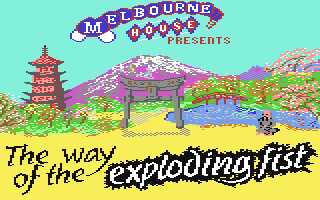
Neil Brennan
Brennan was responsible for the sound in all Beam Software games, composing much of it himself, from his arrival in 1983 till his departure in 1988.

Brennan was responsible for the sound in all Beam Software games, composing much of it himself, from his arrival in 1983 till his departure in 1988.
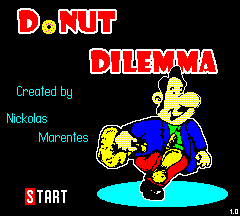
Nickolas Marentes began programming his TRS80 Model 1 as a schoolboy in 1980. Wanting to create commercial grade games, he set up his own software company ‘Fun Division’. In 1984, Marentes’ upgraded to the Tandy Color Computer. Marentes wrote many games for the Tandy line.
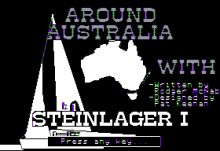
Pat Keenan was the maths and computer teacher at Katikati College, near Tauranga, where Rodger McNab was a student and worked on “Sail the Endeavour”. One article says that Keenan designed the programs students at the College coded.
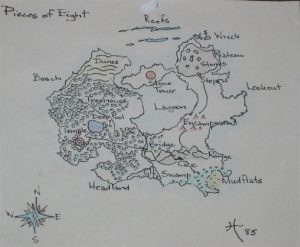
Holland has extensive experience in managing creative industries organisations in the private and public sector. He has been a Board Chair, Company Director, Chief Executive Officer and General Manager, Executive Producer, Project Manager, Interactive Media Designer, Software Developer, Consultant, Lecturer and Teacher.
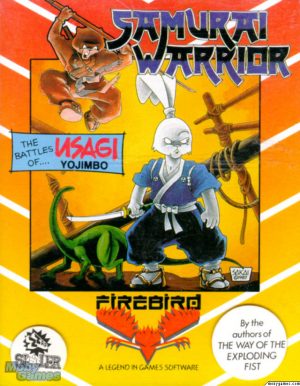
Beams Software’s first non-programmer designer, Kidd was lead designer and producer on a number of Beam’s games of the 1980s including the post-apocalyptic action RPG Doc the Destroyer (1987), and the side scrolling adventure Samurai Warrior the Adventures of Usagi Yojimbo (1988). Kidd contributed to numerous micro computer games including the Exploding Fist series, Street Hassle(1987) and the idiosyncratic Aussie Game (1987-1990). She also worked on Beams new NES titles such as Airwolf (1988) based on the kids TV show of the eighties, and The Punisher (1990).
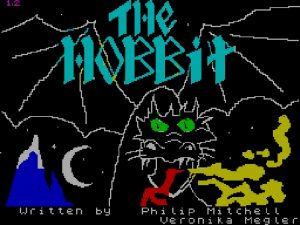
Mitchell is most celebrated for the complex parser he created for The Hobbit. He named the parser INGLISH and it was far more sophisticated than the two word commands that supported by the popular Scott Adams Adventure series. Mitchell’s parser allowed for complex commands to be typed in. Featuring a vocabulary of 800 words, it supported combinations of nouns verbs and adverbs.
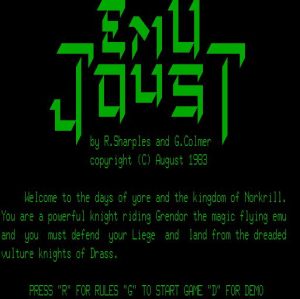
Nothing is known about the authors of Emu Joust. The game was originally released by Mytek but when that company collapsed, it was snapped up by Microbee. Was it the work of a budding coders teaching themselves to program? Or made by two school boys who played Joust in the arcades and wanted a version they could play any time?

In 1985, at the age of 13, Rodger McNab created an educational software package for Apple Computers, called “Sail the Endeavour”. This package was distributed internationally, and Apple gave Rodger a $3000 computer for his work.
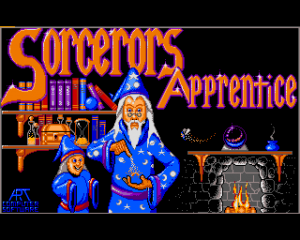
Rodney Smith was one of the group of developers for Art Software, who made games for the Amiga computer (along with Blair Zuppicich and Cameron Mckechnie). Mark Sibly joined them on “Sorceror’s Apprentice”. Despite both their games getting a commercial release, they received no money from their publisher. Given this the rights reverted and they made both “Sirius 7” and “Sorceror’s Apprentice” public domain.
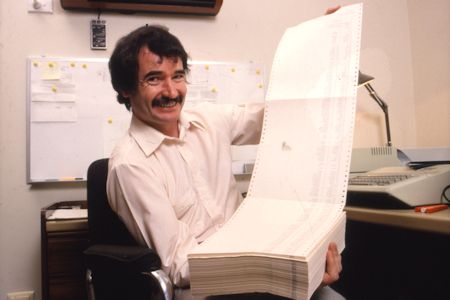
Roger Keating is one of the two original founders of Strategic Studies Group (SSG). In 1979 Keating wrote and produced his first computer game called ‘Conflict’ for the Apple II. The game was picked up by the American strategy games company Strategic Simulations, Inc and published as ‘Computer Conflict’. Over the last twenty years Keating has been involved with the production of over 50 computer games
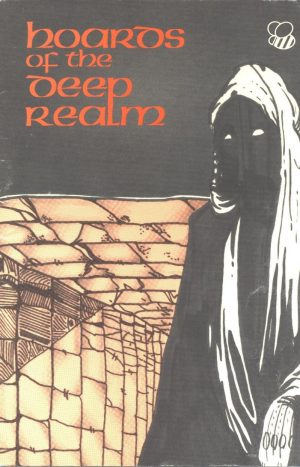
Ron Harris was a Brisbane-based engineer. According to Vaughan Clarkson, he worked shift work on ABC TV transmission. Outside the hours of his ABC roster, he apparently ran (?) Microbee’s national publishing arm, Honeysoft. Harris’ contribution to “Hoards of the Deep Realm” was as a mentor on microcomputer programming and the industry in general.

Rosanne Gare, originally a teacher, was appointed to set up the software division within Jacaranda Wiley, and oversaw and contributed to the development of many notable games particularly for the educational sector.
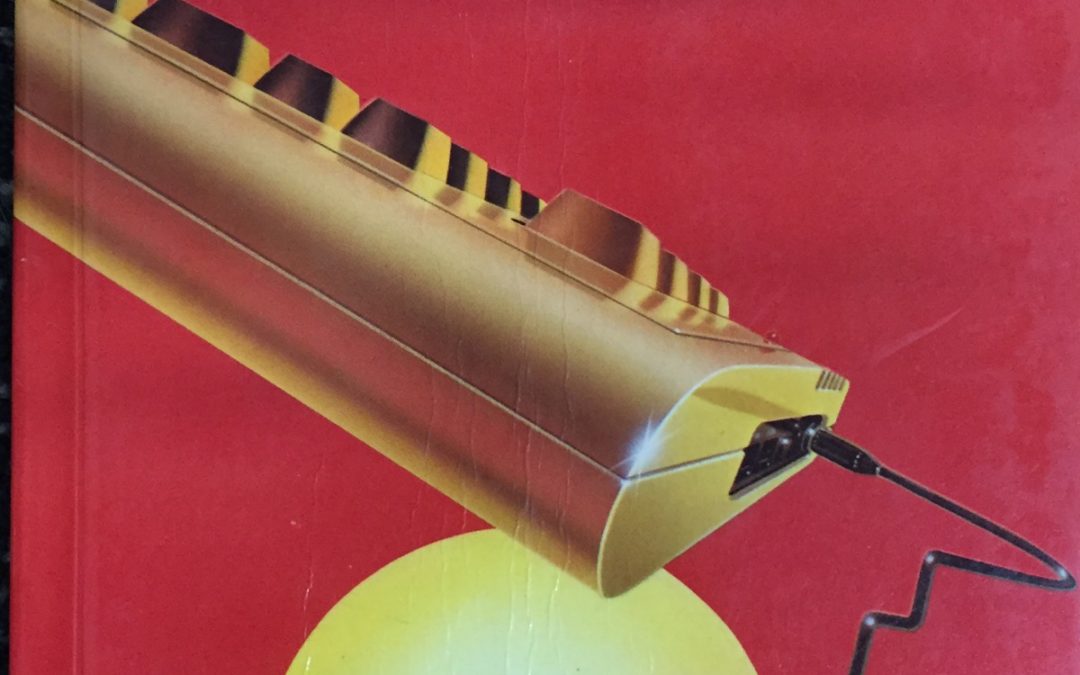
CEO of Big Ant Studios Melbourne, Ross Symons began his games design career in the late 1970s. In the 1980s the teenage Symon published a series of books with Hartnell’s support. These included “Panther Extended Basic for the Commodore 64” (Interface Publications, 1984) “First Steps in Machine Code on your C64” (Corgi & Addison Wesley, 1984) and “Megabasic for the Commodore 64” (Interface Publications, 1985).
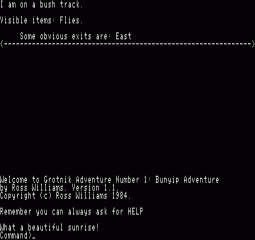
Ross Williams was part of a small Western Australian company that designed software for the Exidy Sorcerer. After developing Grotnik Wars for the Sorcerer, Williams later ported Grotnik Wars to the Microbee, and started his own company, notably named Grotnik Software. Grotnik Software produced a number of games for the Microbee, including Bunyip Adventure (1984), Grotnik Wars(????) and Link (1985).
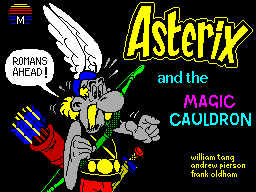
This profile is yet to be completed. Contribute what you know and help to complete the Archive.
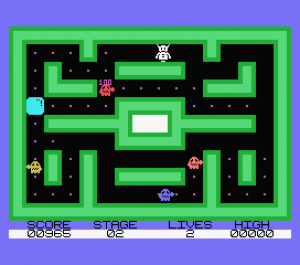
Sega SC-3000 games that Stephen Coupe programmed and designed include “Shootout”, “1986” “Afos” and “Astro”. His games were inspired by popular arcade games of the time. Coupe’s games were sold through Poseidon Software in bundles of three.
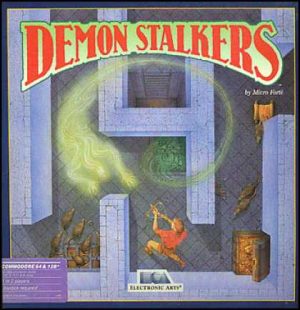
Stephen Lewis was one of the four founders of Micro Forté in 1985 with John De Margheriti, Steve Wang and John Reidy. Lewis was originally the artist/programmer on the team when in 1985 they made their first game Arnies America’s Cup Challenge (1986) also known as the Official America’s Cup Sailing Simulation.
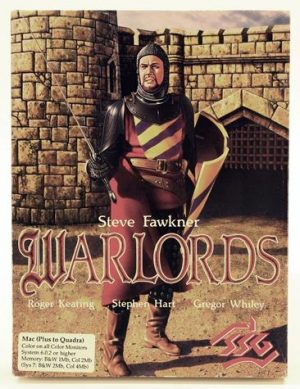
Steve Fawkner began distributing his own games in the 1980s at games conventions such as Arcanacon and Fanasticon. From 1983 Fawkner recalls making about a game a year which he would give away each year at the various local game conventions. Over the years his games got more polished and his game “Warlords” had real commercial quality. Publishers ´SSG helped him refine and polish the game and it was immediately successful. Fawkner founded Infinite Interactive and designed four more games and a number of expansion packs in the “Warlords” series.
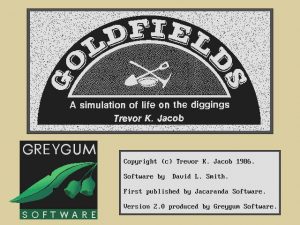
A self-taught programmer, Luckett worked on several games including Goldfields, Vote 1, Zoopak, Bush Rescue, Kraken: A deep-sea quest , Crossing the Mountains, Maths Bingo, Clockwise: Time activities for the whole primary school, and Desert Quest.

Steve Wang co-founded Micro Forte and BigWorld. Games that Wang has worked on include: “Demon Stalkers” (1987), Electronic Arts, Inc.; “Fire King” (1989), SSG Strategic Studies Group Pty Ltd.; “The Official America’s Cup Sailing Simulation” (1986), U.S. Gold Ltd.
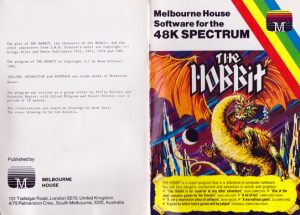
In 1982 Stuart Richie was student at the University of Melbourne doing a dual degree in linguistics and computer science. He was hired by Alfred Milgrom to consult on the design of the parser for The Hobbit.
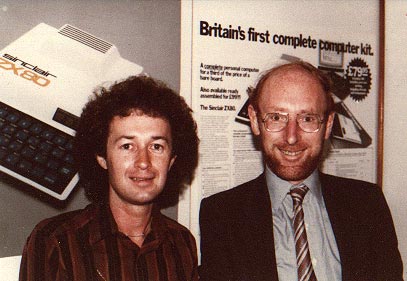
Tim Hartnell, an Australian journalist, became internationally renowned in the 1980s for his popular books on microcomputing. With Trevor Sharples, Hartnell co-founded the UK-based Sinclair Users Club, editing the club magazine, and was the editor of “ZX Computing” when in launched in the summer of 1982. In 1981 he started the publishing company Interface Publications, with Sue North. As a writer and editor he is distinguished by his ability to engage readers with his enthusiasm and wit.
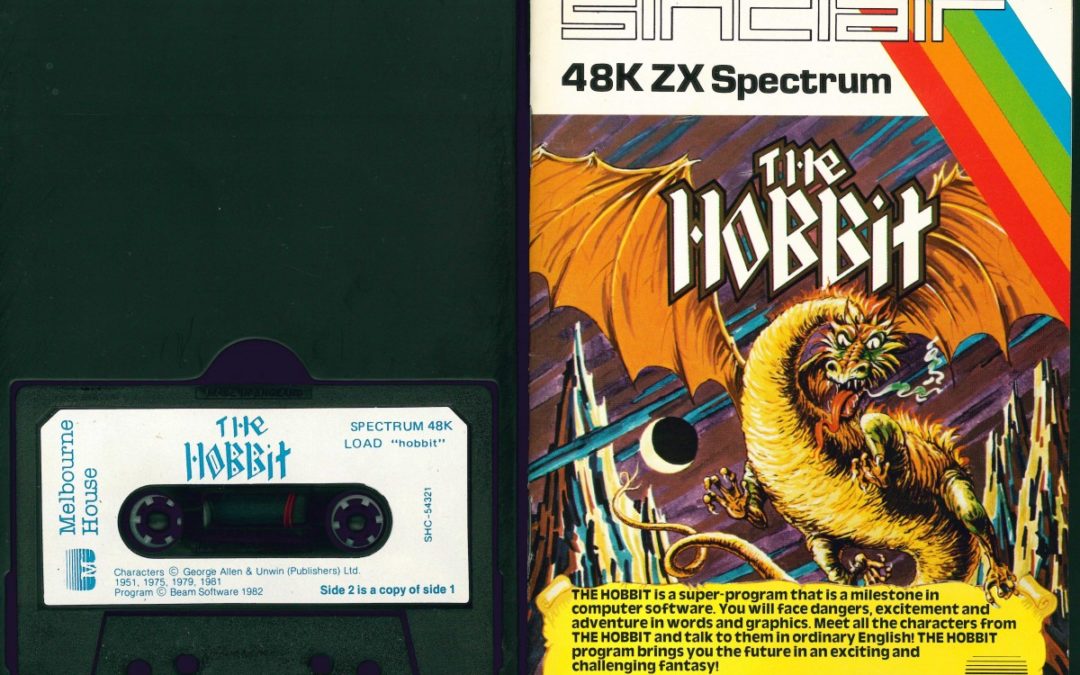
“The Hobbit” was one of the first major games produced in Australia, and is considered a classic text adventure. In 1985, it was voted number 1 in Sinclair User’s ‘Top 50 Spectrum Software Classics’.
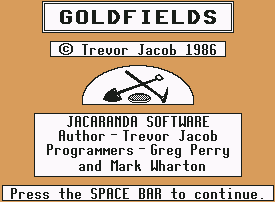
Author of Goldfields, an education game. Also author of the education books. In the beginning: A perspective on traditional Aboriginal societies(1991) and co-author of Southland: The Maritime Exploration of Australia, Volumes 1-2 (1987) – both published by the Ministry of Education, WA.
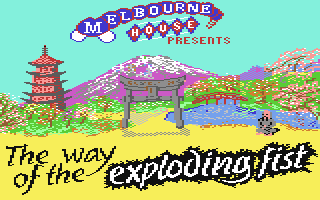
“The Way of the Exploding Fist” was one of Beam Software’s best-selling games, and reached number one in Europe. It was one of the first ‘beat-‘em-up’ games for the home computer and the first multi-move beat em up. Jordan Mechner’s “Karateka”(1984) which came out just before “The Way of the Exploding Fist” was basically punch and kick. The game offered an unprecedented sixteen karate moves, which allows for strategic game playing and complexity.